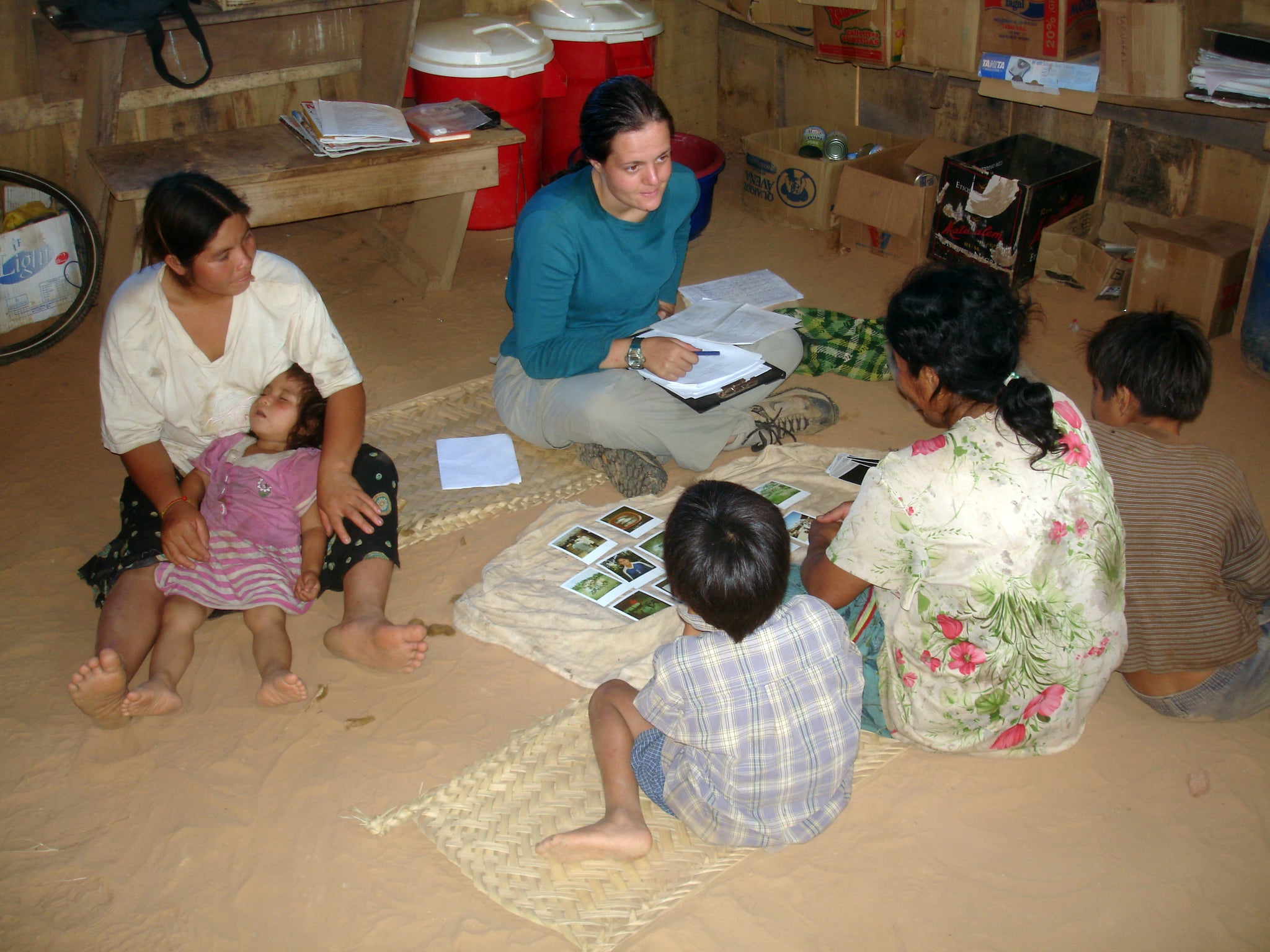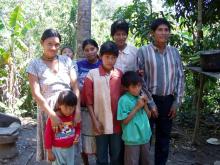
UCSB Anthropologists Find Access to Contraceptives Doesn't Necessarily Mean Smaller Families, Even for Those Who Want Them


It is a commonly held belief that giving women access to education and contraceptives will result in lower fertility rates. However, anthropologists at UC Santa Barbara have found that among the Tsimane, an indigenous group of forager-horticulturalists who live in the lowlands of Bolivia's Amazon basin, access to these resources does not necessarily lead to declines in fertility. Their research appears in the current issue of the American Journal of Human Biology.
"There's an assumption that indigenous populations –– particularly those in South America and in parts of Africa –– are disappearing," noted Lisa McAllister, a doctoral student in integrative anthropological sciences at UCSB. "But if you look at their reproductive rates and their fertility, what you see is that many groups' population growth is actually astronomical."
Some populations have annual growth rates of 3 to 5 percent, McAllister noted, and while that may seem low, it actually calculates to populations doubling in size in as few as 14 to 23 years. "This is a problem, given their limited land and resources, and the fact that much of the land is already overused," she said. "Many Tsimane already acknowledge the conservation issues that overpopulation is causing. For example, Tsimane commonly complain that they need to go farther and deeper into the forest to find animals to hunt; and close to town, farmland is in short supply."
And yet, despite claims by both men and women that they want to have fewer children, and despite having better access to education and contraception, fertility rates among Tsimane women remain high –– on average, nine births over a woman's lifetime. In addition, more of those children are surviving.
In their paper, McAllister and co-author Michael Gurven, professor of anthropology at UCSB and director of the campus's Integrative Anthropological Sciences Unit and the Broom Center for Demography's Biodemography and Evolution Unit, suggest the disparity has a basis in human capital theory. "It's great to encourage education," said McAllister. "But it may be naïve to assume that education or economic prosperity will automatically lead to reduced fertility."
The researchers noted that the classic "Demographic Transition" pattern used to describe the historic drops in mortality and birthrates observed all over the world might not apply here. "Tsimane mortality has dropped over the past several decades, but fertility has not," said Gurven. "This contrasts with the pattern observed at the national level. Bolivian mortality and fertility have dropped considerably over the same time period." When women do not have access to a different life, or to alternative life paths usually associated with greater education, they have no incentive to delay fertility, the researchers say. "The question comes down to what they can do with their education," added Gurven. "Most available jobs in wage labor are available only to men, and they don't require formal schooling. There currently isn't a lot of economic value for women or men to have an education."
The authors are quick to note that although education may not always be associated with economic gains, it does teach useful skills, and it can help introduce new ideas and lead to more "empowerment" for women. However, their findings show that women's autonomy and husbands' greater desire for large families do not account for the excess fertility of Tsimane women.
"An interesting finding is that while women say they want fewer children, if you ask them who they consider to be the most influential women, the answer will be those who have the most children," McAllister said. She and Gurven suggest that this relates to social status among Tsimane being rooted more in having large families and kin networks, than in attempts to lead a more modern lifestyle. The researchers also find the greatest discrepancy between how many children women want and how many they actually have occurs among women living close to the nearest major town.
"These women desire the smallest families, but they still have highly valued traditional skills and roles," Gurven explained. He and McAllister noted that women living near town are also likely to be healthier and have a more stable food supply. "All else equal, women in better condition should be better able to conceive, carry a baby to term, and provide for an infant," McAllister said. "It is not surprising that women in the best condition have higher fertility."
The bottom line, according to the researchers, is that providing education and contraceptives to women will not necessarily lead to their having fewer children. In addition, further improvements in women's health and nutrition may enable women to have more children, thereby increasing the gap between women's fertility desires and their realized fertility. Policymakers might do better to focus on making human capital more meaningful for Tsimane. "Maybe making education valuable by improving job prospects for Tsimane who are not used to marketing themselves might be a better way to spend money than sending people to a village and having them talk about IUD's the reproductive system, and the value of family planning." said McAllister.
Additional contributors to the article are Hillard Kaplan and Jonathan Steiglitz of the University of New Mexico, Albuquerque.
Related Links
American Journal of Human Biology
Integrative Anthropological Sciences Unit
Broom Center for Demography



